|

The research group ‘Rang und Ordnung/RANK’ was funded by the Emmy Noether-Programme of the German Research Foundation (DFG) (1st December 2007 – 31st December 2010) and by a Starting Independent Researcher Grant awarded by the European Research Council (ERC) (1st October 2008 – 30th September 2014) (FP7 /2007-2013)/ERC Grant agreement n° 204905 [RANK]).
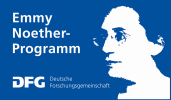
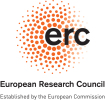
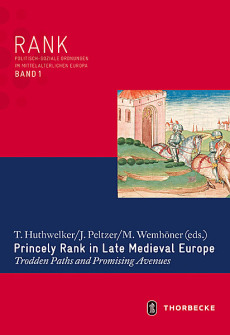
The group analysed the formation and visualisation of princely elites in late medieval Europe (c.1200−c.1400). It conceptualized rank as a tool to research processes of social differentiation and to investigate configurations of social and political orders. The group took a comparative, interdisciplinary approach. In close collaboration, historians and art historians examined the higher aristocracies in England, the Empire and to a lesser extent in France. Comparisons between these realms, in particular between the Empire and England, were a major aim of the project.
We looked at the emergence of new princely elites, searched the factors constituting (princely) rank and the means deployed to communicate such rank respectively ambitions towards it. In so doing we also investigated configurations of social and political orders in late medieval Europe: how they looked like, how they developed during this crucial period of their formation and to what extend they represented different types of such orders in pre-modern Europe.
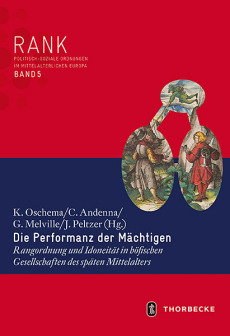
In addition to its scientific programme, the group aimed at promoting and establishing the format of a research group in the humanities, particularly in (medieval) history. At the time of the group’s inception, this concept was still novel to medieval history. The group ‘Rang und Ordnung’ was the first project in medieval history to be funded by the Emmy Noether-Programme.
Group members and their projects:
Prof. Dr. Jörg Peltzer, Principal Investigator: Princely Rank in England and the Empire in the late Middle Ages. A comparative study
Dr. Thorsten Huthwelker, currently at the Universitätsarchiv Heidelberg: Rolls of Arms
Dr. Géraldine Victoir, maître de conférences at the University of Montpellier 3: Princely Architecture in late Medieval France. The Buildings of Louis II, duke of Bourbon
Maximilian Wemhöner, M. A.: Princely Architecture in late Medieval England. The Buildings of the Earls and Dukes of Lancaster
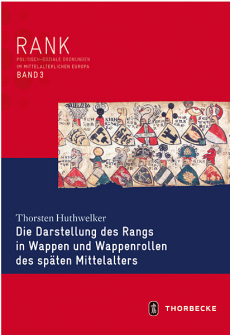
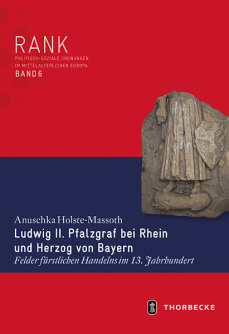 So far, the group has published three monographs (Jörg Peltzer, Der Rang der Pfalzgrafen. Die Gestaltung der politisch-sozialen Ordnung des Reichs im 13. und 14. Jahrhundert [awarded the Pfalzpreis 2013]; Thorsten Huthwelker, Die Darstellung des Rangs in Wappen und Wappenrollen des späten Mittelalters; Anuschka Holste-Massoth, Ludwig II. Pfalzgraf bei Rhein und Herzog von Bayern. Felder fürstlichen Handelns im 13. Jahrhundert) and two conference proceedings (Thorsten Huthwelker/Jörg Peltzer/Maximilian Wemhöner [eds.], Princely Rank in late Medieval Europe. Trodden Paths and Promising Avenues; Jörg Peltzer [ed.], Rank and Order. The Formation of Aristocratic Elites in Western and Central Europe, 500–1500) in the framework of its series RANK. Politisch-soziale Ordnungen im Mittelalter published by Thorbecke, Ostfildern. So far, the group has published three monographs (Jörg Peltzer, Der Rang der Pfalzgrafen. Die Gestaltung der politisch-sozialen Ordnung des Reichs im 13. und 14. Jahrhundert [awarded the Pfalzpreis 2013]; Thorsten Huthwelker, Die Darstellung des Rangs in Wappen und Wappenrollen des späten Mittelalters; Anuschka Holste-Massoth, Ludwig II. Pfalzgraf bei Rhein und Herzog von Bayern. Felder fürstlichen Handelns im 13. Jahrhundert) and two conference proceedings (Thorsten Huthwelker/Jörg Peltzer/Maximilian Wemhöner [eds.], Princely Rank in late Medieval Europe. Trodden Paths and Promising Avenues; Jörg Peltzer [ed.], Rank and Order. The Formation of Aristocratic Elites in Western and Central Europe, 500–1500) in the framework of its series RANK. Politisch-soziale Ordnungen im Mittelalter published by Thorbecke, Ostfildern.
RANK was also a partner in the making of the fifth volume of the series (Klaus Oschema/Cristina Andenna/Gert Melville/Jörg Peltzer [eds.], Die Performanz der Mächtigen. Rangordnung und Idoneität in höfischen Gesellschaften des späten Mittelalters). In addition, the group members have published numerous articles in journals and conference proceedings. For a continuously updated list of publications, please click here (.pdf).
A database containing the itineraries of the counts palatine between 1200 and 1400 is available for download under the following link.
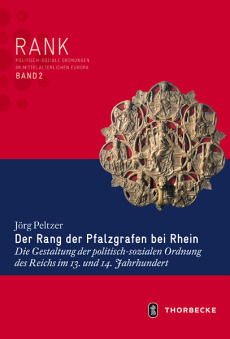
RANK has also had the opportunity to contribute to the making of two exhibitions and thus to communicate its results to a wider public. RANK was an official partner of the major exhibition Die Wittelsbacher am Rhein. Die Kurpfalz und Europa (1214–1504), Reiss-Engelhorn-Museen Mannheim (September 2013 – March 2014), and of the exhibition Die Grablegen der Wittelsbacher in Heidelberg. Tod und Gedächtnis im späten Mittelalter, Kurpfälzisches Museum Heidelberg (September 2013 – March 2014).

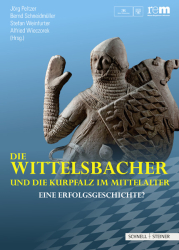
This resulted in a volume of essays (Jörg Peltzer/Bernd Schneidmüller/Stefan Weinfurter/Alfried Wieczorek [eds.], Die Wittelsbacher und die Kurpfalz im Mittelalter. Eine Erfolgsgeschichte? [Regensburg, 2013]) and a catalogue (Frieder Hepp/Jörg Peltzer [eds.], Die Grablegen der Wittelsbacher in Heidelberg. Tod und Gedächtnis im späten Mittelalter [Heidelberg, 2013]).
|



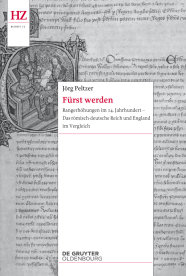






 So far, the group has published three monographs (
So far, the group has published three monographs (

